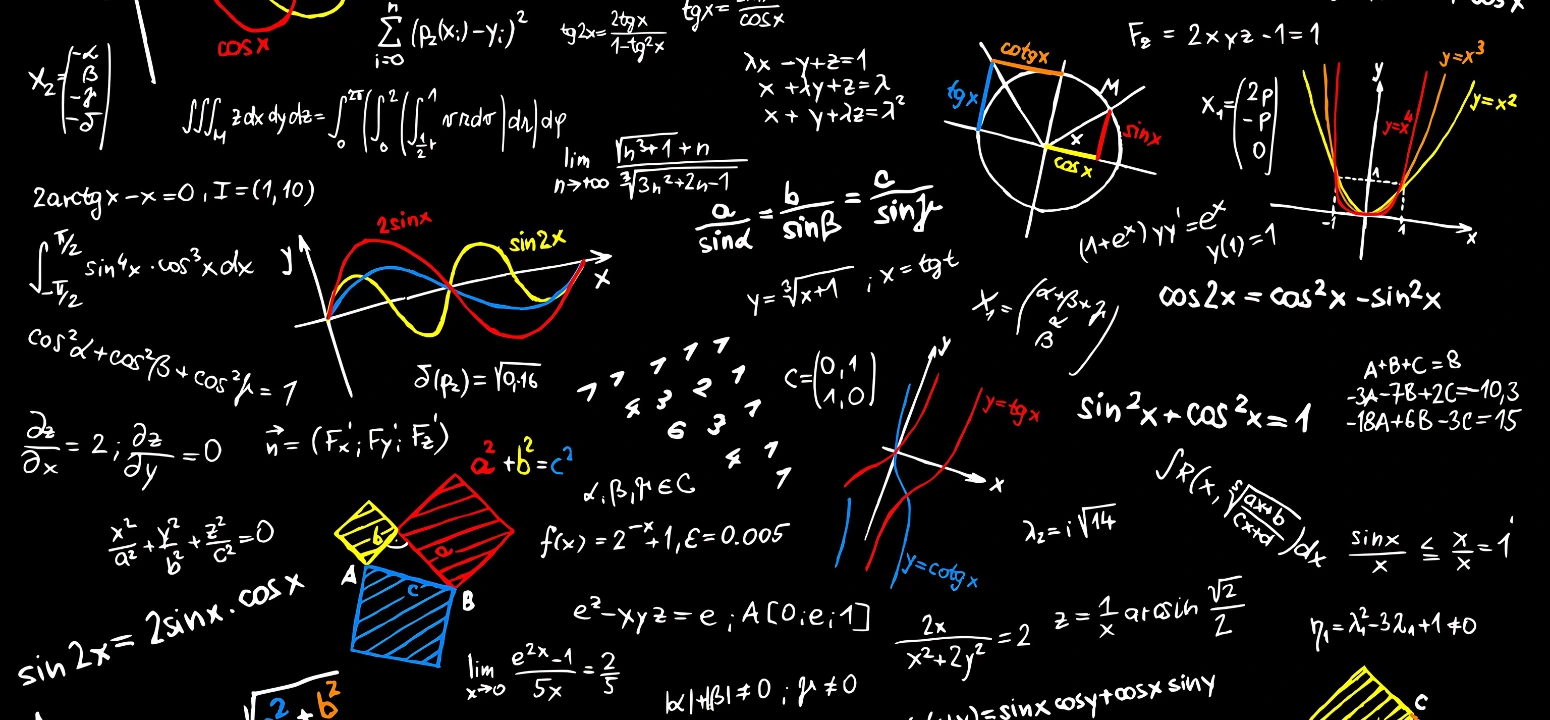
Fractions are one of the fundamental concepts in mathematics, often introduced in Class 5. Although fractions may seem complicated at first, with the right approach and practice, they can become easy to understand and apply. This blog will break down the concept of fractions for students in Classes 5 to 8, offering simple explanations, examples, and tips to make learning about fractions enjoyable and effective.
What are Fractions?
A fraction represents a part of a whole or a group. It is written in the form of a/b, where:
- a is the numerator (the top number), which represents how many parts we have.
- b is the denominator (the bottom number), which represents the total number of equal parts the whole is divided into.
For example, in the fraction 3/4:
- The numerator 3 tells us that we have three parts.
- The denominator 4 tells us that the whole is divided into four equal parts.
Fractions can represent parts of something (like a pizza), or parts of a group (like students in a class).
Types of Fractions
Fractions can be classified into different types, each serving a specific purpose:
- Proper Fractions: In proper fractions, the numerator is smaller than the denominator. For example, 2/5. This means you have two parts out of five equal parts.
- Improper Fractions: In improper fractions, the numerator is equal to or larger than the denominator. For example, 7/4 means seven parts out of four equal parts.
- Mixed Numbers: A mixed number is a whole number combined with a proper fraction. For example, 2 1/2 represents two whole parts and one-half of another part.
- Like Fractions: Fractions that have the same denominator are called like fractions. For example, 1/4 and 3/4 are like fractions because they both have the same denominator (4).
- Unlike Fractions: Fractions that have different denominators are called unlike fractions. For example, 1/3 and 2/5 are unlike fractions.
Understanding Fractions with Visuals
To understand fractions better, it’s helpful to visualize them. Here are some common visual aids used to represent fractions:
- Pie Charts: A circle (pie) can be divided into equal parts, and each part represents a fraction. For example, a circle divided into 4 parts, with 3 parts shaded, represents the fraction 3/4.
- Number Lines: A number line is a great way to visualize how fractions fit into a number system. For example, the number line between 0 and 1 can be divided into equal parts, showing fractions like 1/2, 1/3, and 1/4.
How to Simplify Fractions
Simplifying fractions (or reducing fractions) means expressing a fraction in its simplest form. To simplify a fraction, divide both the numerator and the denominator by their greatest common divisor (GCD).
Example: Simplify 8/12:
- The GCD of 8 and 12 is 4.
- Divide both the numerator and denominator by 4: (8 ÷ 4) / (12 ÷ 4) = 2/3.
- So, 8/12 simplifies to 2/3.
How to Add and Subtract Fractions
Adding and subtracting fractions might seem tricky, but it’s easy once you understand the concept of common denominators.
1. Adding Like Fractions:
If two fractions have the same denominator, simply add the numerators and keep the denominator the same.
Example: 2/5 + 1/5 = (2 + 1)/5 = 3/5.
2. Adding Unlike Fractions:
If the fractions have different denominators, you need to first find the least common denominator (LCD), convert the fractions to have the same denominator, and then add them.
Example: 1/4 + 1/3:
- The LCD of 4 and 3 is 12.
- Convert both fractions:
1/4 = 3/12 and 1/3 = 4/12. - Now, add the fractions: 3/12 + 4/12 = 7/12.
3. Subtracting Fractions:
The same rules apply to subtraction. If the fractions have the same denominator, subtract the numerators. If the denominators are different, find the LCD and convert the fractions.
Example: 5/6 – 2/6 = (5 – 2)/6 = 3/6 = 1/2.
Multiplying and Dividing Fractions
- Multiplying Fractions: To multiply fractions, multiply the numerators together and the denominators together.
Example: 2/3 × 4/5 = (2 × 4) / (3 × 5) = 8/15.
- Dividing Fractions: To divide fractions, multiply by the reciprocal of the second fraction (flip the second fraction).
Example: 2/3 ÷ 4/5 = 2/3 × 5/4 = (2 × 5) / (3 × 4) = 10/12 = 5/6.
Real-Life Applications of Fractions
Fractions aren’t just a mathematical concept; they are used in everyday life. Here are some examples:
- Cooking: Recipes often require measurements like 1/2 cup or 3/4 teaspoon.
- Time: When dividing the day into parts, like 1/4 of an hour or 3/4 of a day.
- Money: Fractions can be used to calculate discounts or share amounts equally among people.
Tips for Mastering Fractions
- Practice Regularly: The key to mastering fractions is consistent practice. The more you practice, the easier it becomes to understand.
- Use Visual Aids: Draw pie charts, use number lines, or even cut a pizza into slices to visually understand fractions.
- Work on Word Problems: Apply fractions to real-world situations, like cooking or shopping, to see how they work in context.
Conclusion
Fractions are an essential part of mathematics that students in Classes 5 to 8 will encounter frequently. By understanding the basics—what fractions are, how to simplify them, and how to perform operations with them—you will not only succeed in exams but also develop strong problem-solving skills that will serve you well in future math concepts.
Remember, learning fractions is a gradual process, and with consistent practice and the right approach, you will become a fraction expert in no time!






admin
At vero eos et accusamus et iusto odio dignissimos ducimus qui blanditiis praesentium voluptatum deleniti atque corrupti quos dolores et quas molestias excepturi sint.
admin
Sed ut perspiciatis unde omnis iste natus error sit voluptatem accusantium doloremque laudantium, totam rem aperiam, eaque ipsa quae ab illo inventore veritatis et.